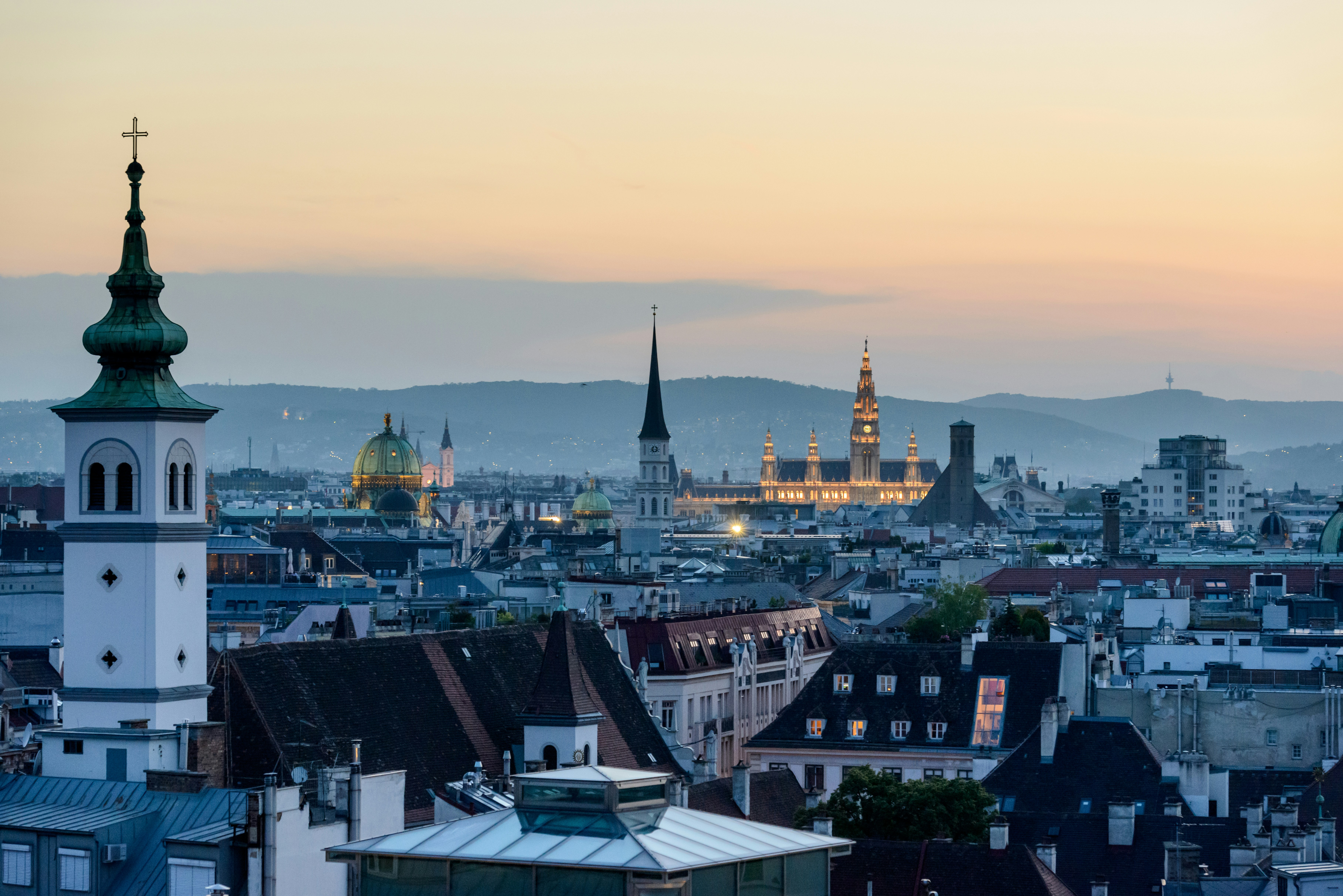Viennese Coffeehouse Culture

The Coffeehouse
You feel at home in a coffeehouse as soon as you step inside. The setting is spacious yet intimate, there is plush seating around marble tables, the scrape of traditional Thonet wooden chairs on parquet floors and mirrors reflecting mildly steamy light. Some are furnished with genuine showpieces - time-worn and darkened, they exude an indefinable atmosphere.
You have to experience it, to truly understand it. The writer Stefan Zweig described it as an "institution of a special kind, incomparable to any other in the world." And indeed, the coffeehouse has its own distinct atmosphere, embodying a deep sense of Gemütlichkeit—that quintessential Viennese cosiness. Because the Viennese coffeehouse culture is so distinctive and rich in stories, UNESCO declared it an intangible cultural heritage in 2011.
What makes a Viennese coffeehouse so special?
Nowhere else is coffee served on a silver tray, always accompanied by a glass of water and a discreet coffee spoon. The interior from back then – marble tables, upholstered sofas, and the Thonet chair – is another hallmark you still find in traditional coffeehouses today.
In addition to the traditional coffeehouses, there is also a new wave of coffee bars, where coffee beans are the true stars. They attract coffee aficionados for whom coffee is much more than just a beverage.
Historic Viennese Coffeehouses
In the 19th century, Vienna was known beyond borders as the city of coffeehouses. Today, this cultural heritage is still celebrated with coffee and cake on plush velvet seats, Thonet chairs, and marble tables. There is no better place to feel the soul of the city.
The Viennese Coffeehouse as the Living Room of the Arts
Sigmund Freud did it, as did Andy Warhol, Gustav Klimt, and Oskar Kokoschka: they all spent countless hours in Viennese coffeehouses. These places were buzzing with activity, where guests played chess, cards, or billiards, read newspapers, and discussed world events or their own ideas.
Around 1900 a group of authors went down in history as coffee house literati. They not only socialised in the coffeehouses but used it as their workplace. One of them, Peter Altenberg, wrote the address of his local coffeehouse on his visiting card and in return the Café Central has a monument to him. Before writers claimed the coffeehouse as their own, composers discovered its charms for themselves. Johann Strauß and his father before him introduced new works here. Even Mozart and Beethoven performed in a coffeehouse.

Leave a Reply